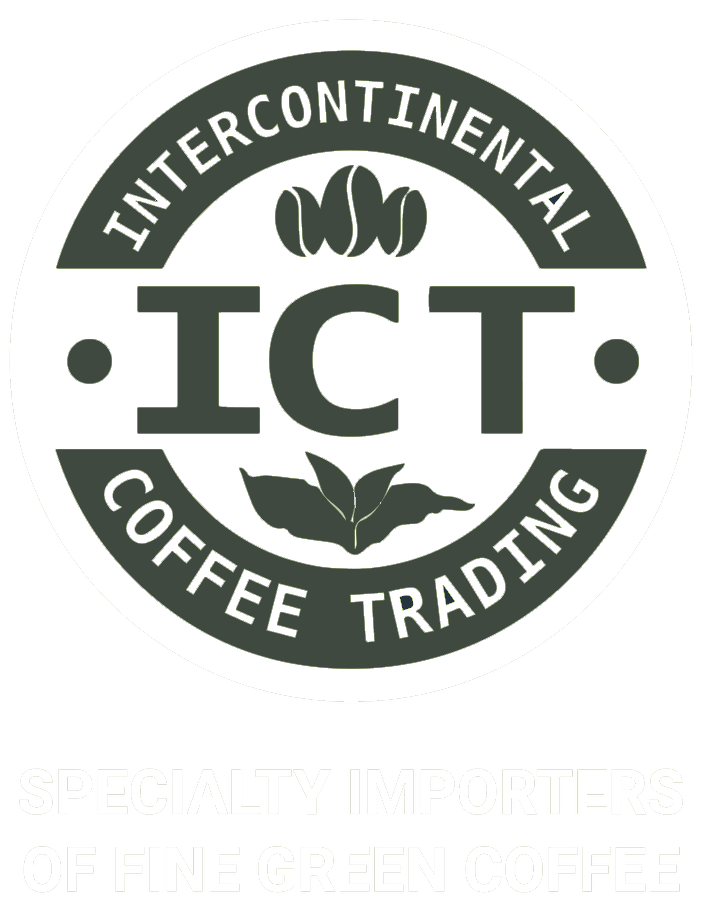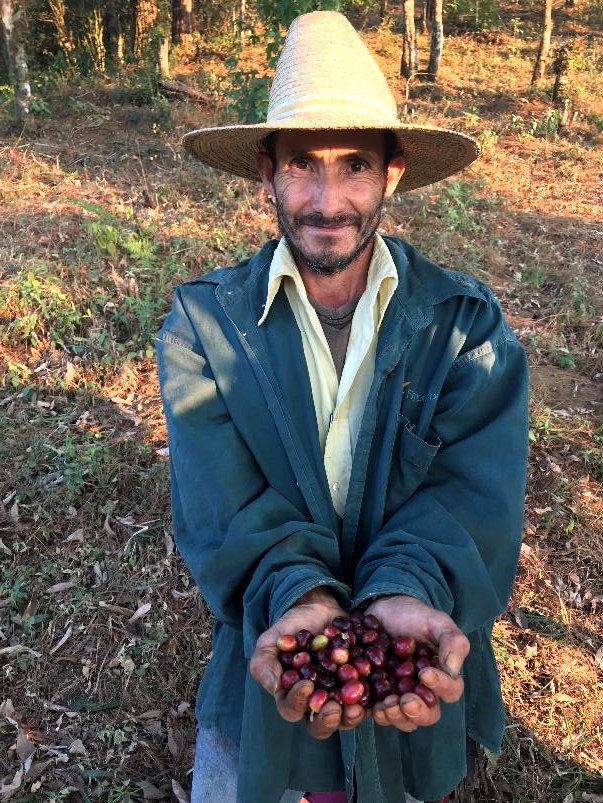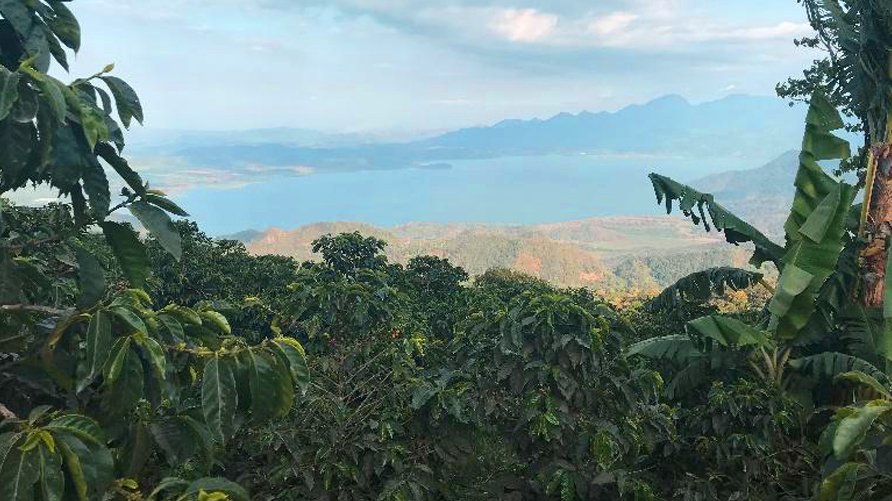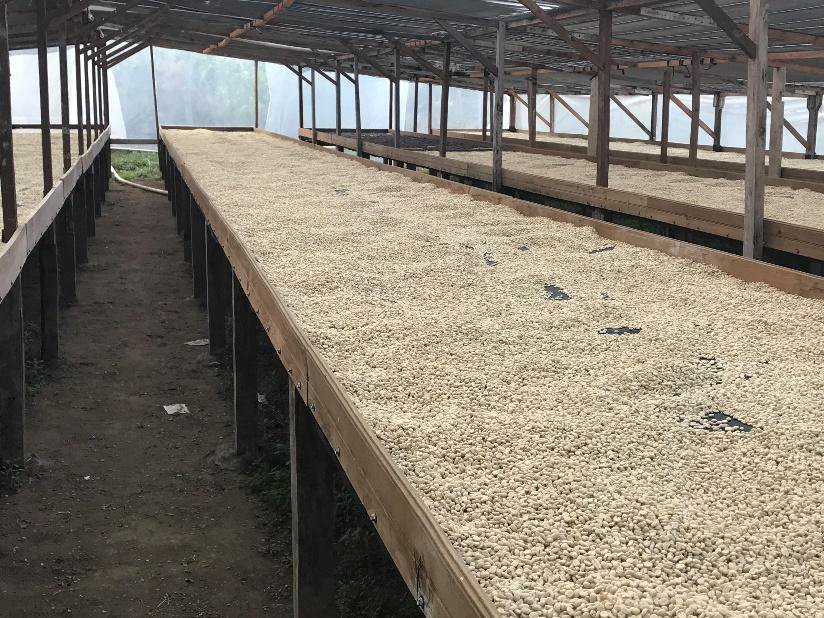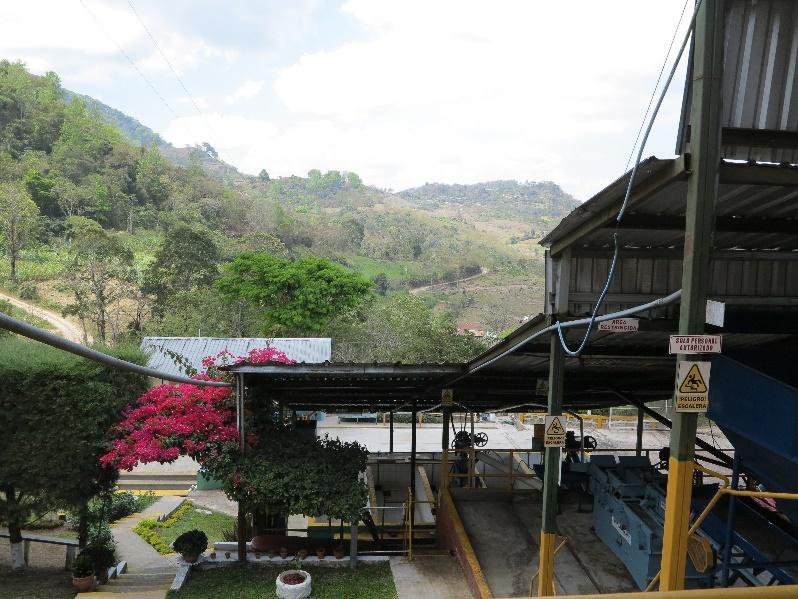Honduras
Past & Present Growth
In Honduras
OBSERVATIONS AND THOUGHTS ON THE 2018/2019 CROP
FROM SENIOR TRADER ROBERT BABINGTON SMITH
It is very common knowledge that Honduran coffee production has grown rapidly in the last five years. What is not widely known is that Honduran specialty coffee has also grown rapidly with some exceptional innovation from the independent Honduran companies. We found Honduras to be full of surprises. We traveled through the Central regions of Santa Barbara and Siguatepeque. Then onto Marcala and the regions of La Paz/Intibuca/Lempira. Then finished off in Copan.
THE CROP 2018/2019
The Honduran crop started late, then peaked early and quickly, with coffee flow heaviest at the end of December and beginning of January (Normally the crop peaks second half of January). Weather conditions were excellent for both drying and processing of the coffee, with very good cups from SHG to micro lots found in all of the areas that we visited. One side note – we found 0 defective cups in all of the cuppings that we participated in. The harvest is now coming to a rapid end with only the highest elevations, 1600+ meters still delivering coffee.
Original crop estimates were 7 million bags, new estimates are 6.5 million bags. The primary reason given for the drop was a lack of pickers in the north/western regions that border Guatemala. We were told that with earlier peak harvest, migrating pickers had not finished in Guatemala and were therefore unavailable for production areas in the western part of the country.
According to those we spoke to the crop is currently 30 – 40% unsold, although specialty coffees appeared to be well sold with a much smaller percentage of product still available. Given that differentials for commercial grades dropped slightly at the end of last week, there is clearly pressure to sell the remaining crop.
THE CROP 2019/2020
THE PESSIMISTIC STORY
There is a real concern for the next crop, especially for commercial qualities. We heard of estimated drops in production from 15 – 25%. The reason – the impact of current prices (well below the cost of product) will result in little to no inputs to plantations. As a consequence, plants will be a lot weaker and a lot more susceptible to weather changes and diseases over the coming months. Added to this we heard a new virulent strain of leaf rust is being found on coffee plants, including resistant catimor type varieties. Everyone involved with commercial coffees is anticipating a very problematic year with this new strain of leaf rust.
Specialty And Innovation
THE OPTIMISTIC STORY
We found numerous areas of innovation especially within the small producer organization sector. Prices paid for micro lots, fairtrade certified and specialty coffees are enabling these organizations to pay producers above the cost of production and re-invest back into coffee and the communities. Even in a crisis year, producers appeared very optimistic with their organizations very focused on quality and re-investment in the business and communities. In coffee quality, we visited a community in Santa Barbara that has invested heavily in covered African beds for drying all of their micro lots coffees. We visited several centralized wet mills, all of them well organized and clean, and in one case a garden build around the mill. We were shown a very sophisticated and large composting project which will eventually include vegetable refuse from the local city. We were shown organic nutritional programs that are enabling small organic producers to increase yields up to 35 X 100 lbs of parchment coffee per manzana. (A yield substantially higher than most of central America). We saw a large scale program to combat leaf rust, which so far we were told, had been effective in controlling the disease. We visited an incredible school (paid for using FLO premiums) that is focused on teaching children to read and think for themselves, rather than rote learning and showing no interest in reading. (Rote learning is the standard for Honduran public schools).
KEY TAKEAWAYS
- Coffee quality, from the shippers focused on sustainable coffees, is excellent for this crop. Commercial qualities are variable due to the shortage of pickers during the harvest Weather conditions have been perfect for harvesting and processing the coffee.
- The Honduran specialty industry is doing well and riding out a very difficult market. Those entities with a combination of fairtrade and specialty lot prices are keeping values above the cost of production.
- There is an impressive amount of innovation at the producer and producer organization levels. They are re-investing back into production and communities, in ways that benefit everyone. These local Honduran entities have way more capacity to lead change than any outside organization and it really shows.
- Estimate coffee production for 2018/2019 is now projected at 6.5 million bags.
- There is a real concern that production could drop by 15 – 25% for crop 2019/2020 as a direct consequence of the return of “leaf rust”. There was far less of a concern with leaf rust among specialty / Fairtrade producers who have the financial and input resources to control the disease.
